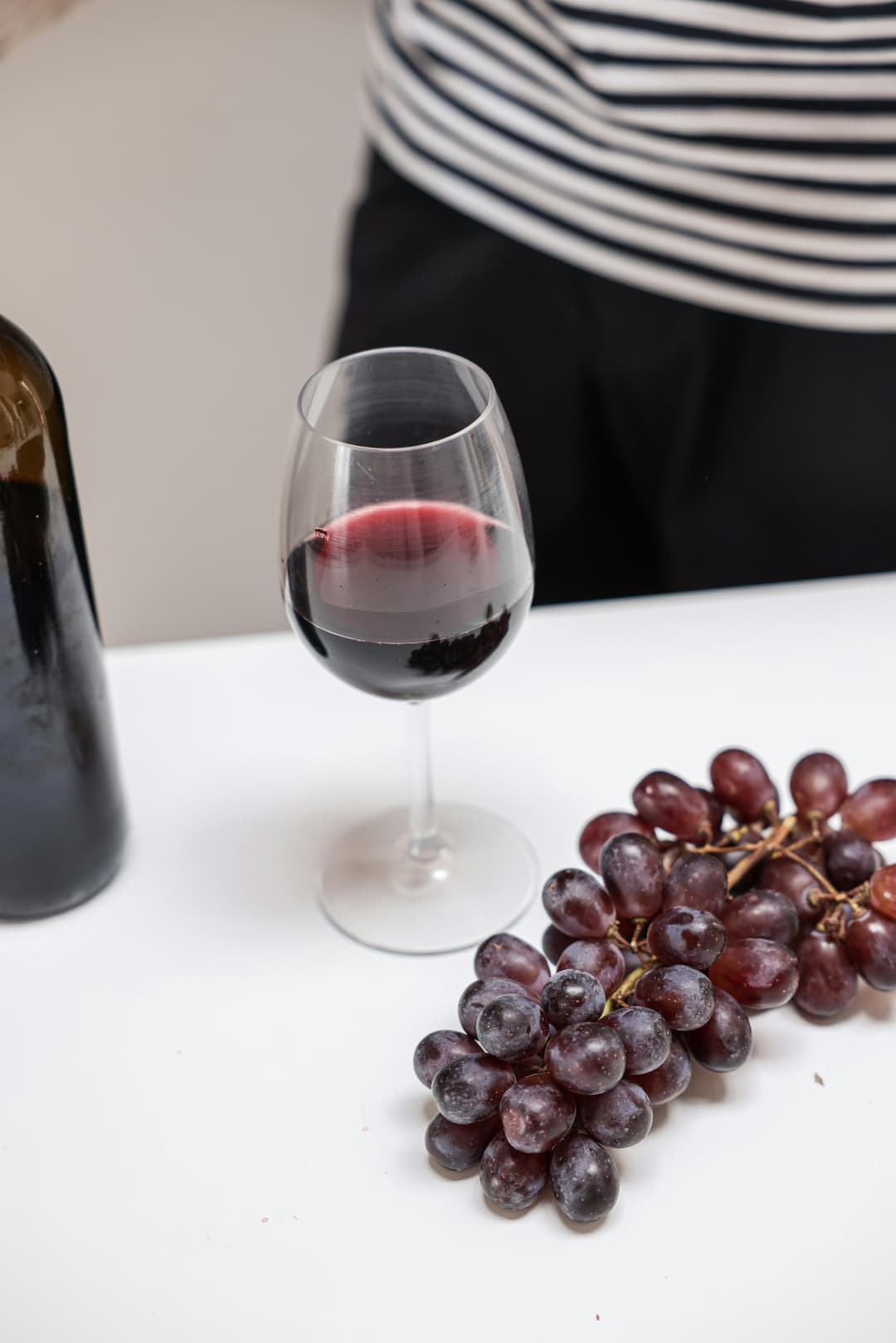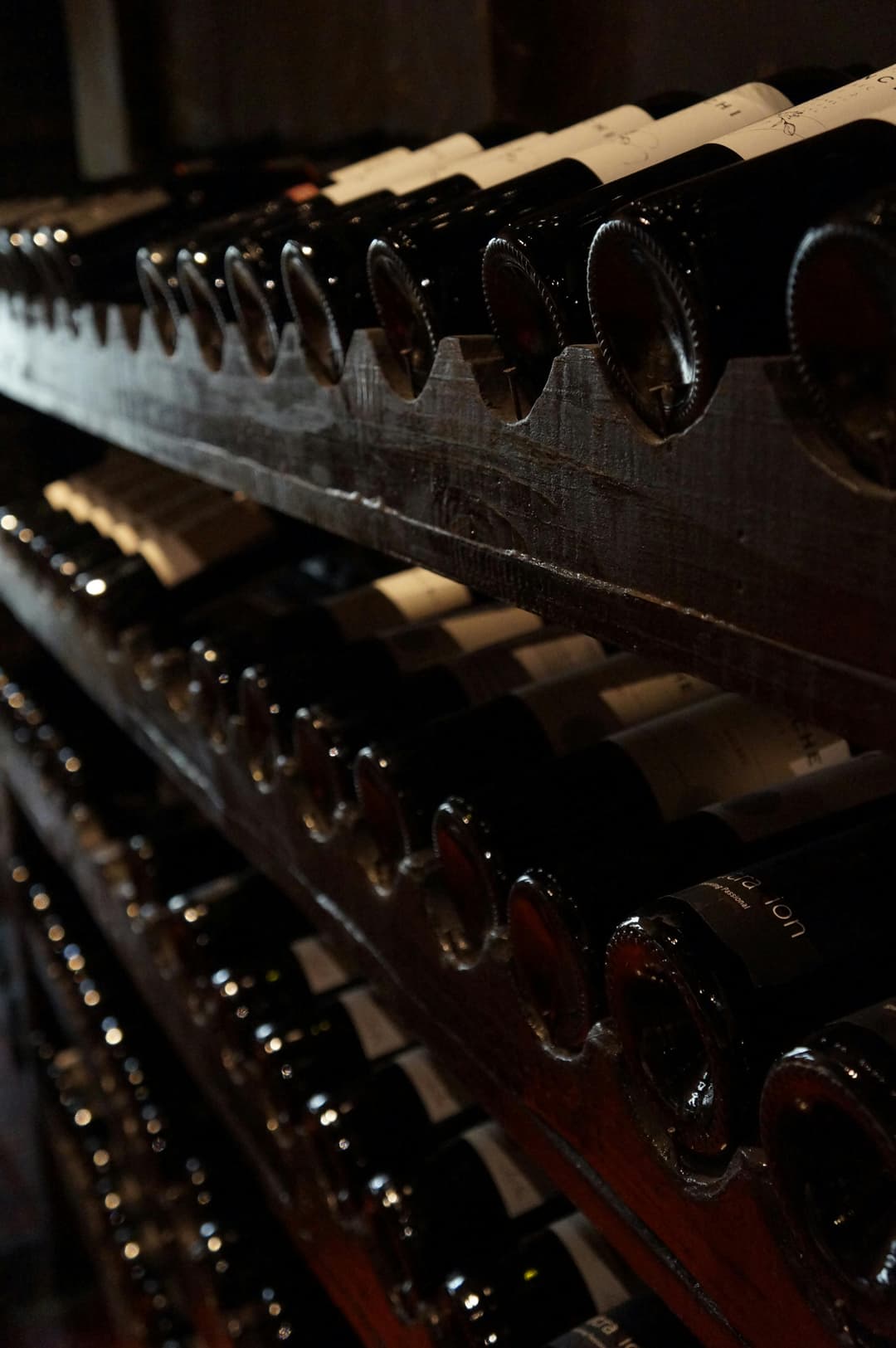The Wine Industry: Origins, Growth, & Market Trends
Due to its complex history, its cultural status, and incredible number of styles, it's understandable that wine has been celebrated over centuries. These days, wine is an enormous global business that continues to evolve and expand. From venerable vineyards across Europe to newly emerging growers from unexpected territories, wine is sipped and enjoyed by an army of wine fans every single day.

200+ buyers trust Torg for sourcing


A Brief History of Wine
Wine production has existed for thousands of years, the first being in what is now Iran and Georgia. With the development of civilizations, so too did the making of wine, the Egyptians, Greeks, and Romans all producing wine as an integral part of their civilizations. Bring the picture forward to the present day, and wine is grown on every continent but Antarctica, with over 60 nations currently making up the world's wine industry.
The Expansion of the Global Wine Market
Wine itself today amounts to more than $300 billion globally. Old-world wine producers like France, Italy, and Spain aren't alone in owning the market space anymore. Even the new-world producing regions like Australia, Argentina, and South Africa are acquiring importance, spurring competition as well as new approaches in the industry. Not surprisingly, even the global wine sector is bound to continue on a growth track boosted by more demand of wine suppliers in the increasingly developing markets.
Wine Tourism
Wine tourism is now a huge phenomenon in recent years whereby tourists from around the globe would love to get into a vineyard. Instead of merely drinking wine at home, most wine enthusiasts now intend to travel to wine-producing areas such as Napa Valley, Bordeaux, and Tuscany. The destinations are not only good at wine – they provide an experience where people can view the entire process of making wine.
When you visit wine regions, you can go on vineyard tours, taste wine, and even get your hands dirty when harvest time rolls around. It’s a special experience to know where wine comes from. And wine tourism gives you the chance to immerse yourself in the local culture and enjoy your favourite drink surrounded by nature’s beauty.
This growth in wine tourism is also having a positive impact on the local economies of these wine regions. It’s creating jobs, boosting local businesses and sustainable tourism. Wineries are now focusing on green practices like organic viticulture and going green with lower carbon emissions to attract eco-conscious visitors. Sustainability is now a marketing point and it’s what’s shaping the future of the wine industry.

Wine Packaging Innovations
As wine demand grows, of course so does its innovation in packaging. Wine used to be packaged in glass bottles with corks. But trends are changing the game. Wine in cans for example has been trending for the last few years. Canned wine is easy and more portable and is being sold as a picnic-friendly, outdoor-friendly, and laid back drinking experience.
There’s also been an increase in boxed wine. Boxed wine was once considered low quality. But brands are now emphasizing quality while keeping it affordable. These new packaging forms are for a younger generation who want wine without the fancy, expensive bottles. And these packaging forms are seen as more eco-friendly because of lower carbon footprint.
Organic and Natural Wines
In the last few years the trend for organic and sustainable wine has been growing. Consumers want products that reflect their values and wine is no different. Organic red wines suppliers don’t have synthetic pesticides, herbicides or chemical fertilizers and sustainable vineyards aim to preserve the environment and benefit the local community.
Sustainable wine practices can include water conservation, renewable energy and biodiversity in the vineyard. Some wineries are even going as far as regenerative farming to revitalize soil health and minimize their footprint on the environment. For the environmentally conscious wine lover these wines are certified as “organic” or “biodynamic”.

Wine and Health: The Good and the Bad
Red wine suppliers, among other types of wine, has always been producing red wine that is thought to be healthy for people. Research indicates that it is safe for one to take a glass of wine, more so red wine, since it contains lots of resveratrol, an antioxidant, in moderate quantities. There have been findings showing that red wine has the capability of preventing specific illnesses, such as heart illness, when taken moderately.
But remember, too much of anything is bad for your health. Drinking too much can cause liver disease and addiction. So the wine industry is also looking into responsible drinking campaigns and encouraging consumers to drink wine in moderation.
Interestingly, non-alcoholic wine suppliers have grown in popularity over the last couple of years. With more and more people looking for healthier options, non-alcoholic wine gives you the taste of wine without the alcohol. The wines are made by a process where the alcohol is removed so it’s a low calorie option for those who want to experience wine without the alcohol’s effect.
The Future of Wine
The future of wine looks bright. Traditional wine regions will never go away but there are emerging markets. Climate change is having an impact on wine production and some are starting to plant wine grapes outside of traditional regions. China, India, and parts of the US are seeing increased wine production as the weather changes. And the market for premium wine is growing and customers are willing to pay more for unique wines. So small boutique wineries are doing well by producing limited release wines that target niche markets.

ViniFelici
Company Name – ViniFelici
Headquarters – Berlin, Germany
Core Products – Natural wines, handcrafted wines
ViniFelici is more than just a wine brand—it’s a journey of discovery. Felix, the passionate oenologist behind ViniFelici, crafts exceptional natural wines that honor traditional methods. From vineyards in Pantelleria to the Moselle River, each bottle tells a story of local terroirs, hand-harvested grapes, and minimal intervention.
Felix’s approach is all about balance, creating wines that preserve the pure, natural flavors of the grapes without relying on chemicals or additives. With a focus on sustainability and authenticity, ViniFelici offers a true taste of nature in every glass. Whether you’re a wine connoisseur or a casual enthusiast, these handcrafted wines invite you to experience something unique.

Camino de Cabras Wines
Company Name – Camino de Cabras Wines
Headquarters – Pontevedra, Spain
Core Products – Albariño, Mencía, Godello, and Ribeiro wines
Camino de Cabras Wines was born from a wild adventure through the rugged Lugo mountains, and that spirit lives on in every bottle they produce. Founded in 2013, this Galician winery crafts bold, expressive wines that reflect the mystique and richness of Spain’s Atlantic corner.
Their lineup features standout Albariño sourced from Condado do Tea and Val do Salnés, refined Godello and Mencía varietals, and aromatic Ribeiros from historic Ribadavia. For something truly unique, try their Ribeira Sacra wines, made from grapes grown on steep, centuries-old terraces in O Saviñao.
Each wine is a tribute to Galicia’s rugged terrain and timeless winemaking traditions, perfect for anyone who appreciates character in a glass.

Agricola Savignola Paolina
Company Name: Agricola Savignola Paolina s.a.r.l.
Headquarters: Toscana, Italy
Core Products: Chianti Classico DOCG, Riserva, Gran Selezione, IGT wines
Borgo Savignola is more than a winery. It is a historic hamlet turned boutique vineyard in the heart of Chianti Classico. Since 1780, this small-scale estate has crafted elegant, terroir-driven wines using sustainable and traditional methods. With just 5 hectares under vine, their annual production ranges from 20,000 to 25,000 bottles across 6 to 7 labels, each expressing a unique facet of their land and winemaking philosophy.
Highlights include "Ora" Chianti Classico DOCG, a fresh and easy-drinking expression; "Paolina" Riserva, aged in large oak barrels; and "360°" Gran Selezione, bold and contemporary. Their IGT wines, like "Mio" (100% Sangiovese) and "Granaio" (100% Merlot), are crafted in small batches and designed to showcase purity and character.
Beyond wine, the estate produces olive oil and hosts guests in restored agriturismo accommodations, blending rustic charm with modern comfort. With space for up to 30 guests, it is an ideal spot for families, retreats, or anyone seeking an immersive Tuscan experience.
Request a Bulk Order Quote
Simple ordering, transparent pricing, delivered straight to your door

